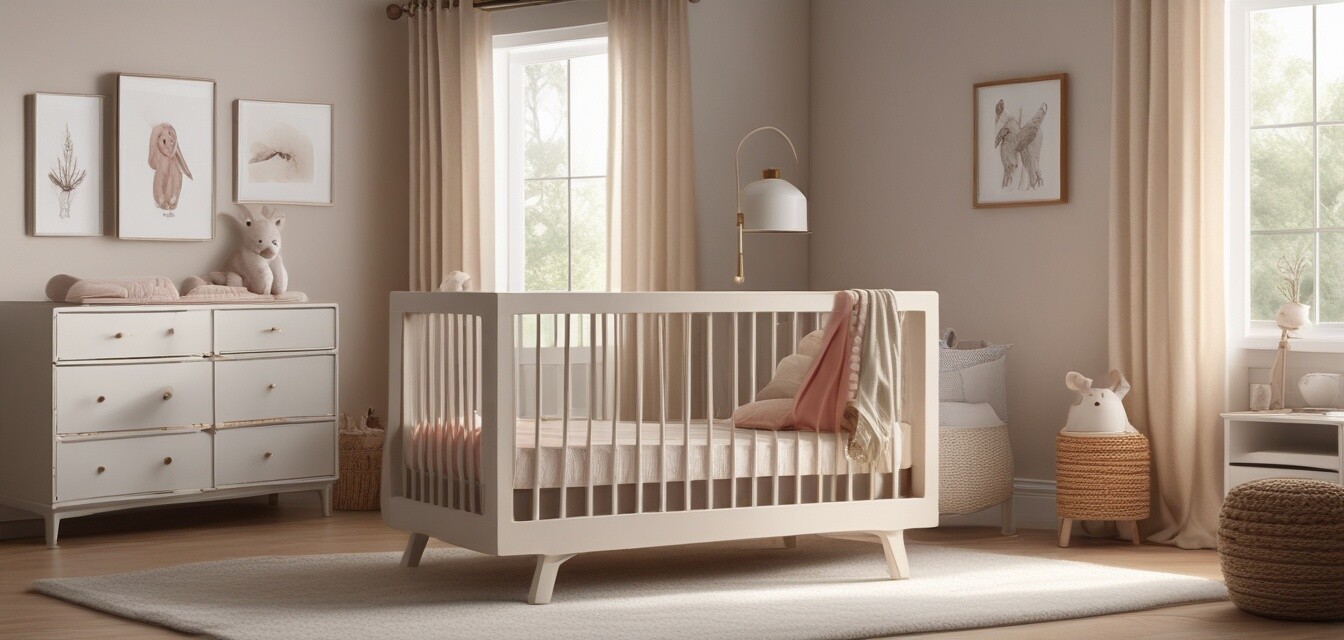
Selecting Cot Mattresses for different sleeping styles
Choosing the right cot mattress is essential for your baby's comfort and safety. It’s more than just picking the prettiest color or pattern; understanding different sleeping styles can significantly affect your child’s sleep quality. In this guide, we will provide you with practical tips on selecting cot mattresses that meet the unique needs of your baby’s sleeping habits.
Key Takeaways
- Understand your baby's sleeping style: back, side, or tummy.
- Choose materials that provide comfort and support.
- Safety is paramount; ensure the mattress meets safety standards.
- Consider the mattress size and fit for your cot.
- Regularly check for wear and tear to maintain quality.
Understanding different sleeping styles
Before making a purchase, it’s vital to recognize how your baby sleeps. Babies have different preferences that can impact their comfort during sleep. Here are the most common sleeping styles:
- Back sleepers: This is the most recommended position by pediatricians as it helps to minimize the risk of Sudden Infant Death Syndrome (SIDS).
- Side sleepers: Some babies naturally gravitate towards their sides; however, you should avoid this position until they can roll over on their own.
- Tummy sleepers: Generally discouraged for infants under 12 months, tummy sleeping can present safety risks. Always consult your pediatrician for the best advice.
Choosing the right cot mattress
Once you understand your baby’s sleeping style, the next step is selecting the right cot mattress. Here’s what to look for:
| Feature | Back Sleepers | Side Sleepers | Tummy Sleepers |
|---|---|---|---|
| Material | Firm but comfortable support to keep the baby stable. | Softness is crucial to relieve pressure points. | Firm support to prevent sinking and maintain airflow. |
| Thickness | Medium thickness (5-6 inches). | Thinner options can work, but ensure good support. | Thicker mattresses should be avoided to prevent suffocation. |
| Breathability | Proper airflow to reduce heat buildup. | Good breathability to avoid overheating. | Must have excellent ventilation to ensure safety. |
Material Matters
The material used in cot mattresses is crucial for comfort and safety. Let’s explore some of the most common types:
- Foam: Lightweight and often affordable, ensure it's firm and high density.
- Innerspring: Provides good support, but check the coil quality.
- Organic: Made from natural materials; a great option for eco-conscious families.
- Waterproof: Ideal for easy cleaning—helps keep the mattress fresh.
The importance of mattress size and fit
Selecting the proper size for your cot mattress is another critical factor. A mattress should fit snugly within the cot frame to prevent gaps where the baby can get stuck. Here’s how to measure:
- Measure the length and width of the crib's interior.
- Check the manufacturer's size recommendations.
- Consider adjustable mattresses that fit various crib sizes.
Safety standards to consider
Always ensure that the cot mattress you choose complies with safety standards. Look for certifications such as:
- CertiPUR-US® for foam mattresses.
- Greenguard Gold Certification for low emissions.
- ASTM International safety standards for all baby products.
Maintenance tips for cot mattresses
Cot mattresses require regular care to ensure they remain clean and safe for your child. Here are some maintenance tips:
- Rotate the mattress regularly to prevent uneven wear.
- Use a waterproof cover to protect against spills.
- Clean with mild soap and water; allow it to dry completely.
- Check for any signs of wear and replace if necessary.
Tips for First-Time Parents
- Don’t hesitate to ask questions at the store—knowledge is key!
- Buy a mattress that comes with a warranty for added peace of mind.
- Test the mattress firmness by pressing down with your hand; it should spring back quickly.
- Consider seeking recommendations from other parents.
Conclusion
Selecting a cot mattress that suits your baby’s sleeping style can immensely influence their comfort and safety. Remember to prioritize quality, safety standards, and the right fit for your specific cot. By considering your baby's unique sleeping habits, you can ensure that your little one has the restful sleep they need. For further insights on this topic, be sure to explore our guide on cot mattress maintenance and buying guides for the best practices in keeping your baby's sleeping environment safe and cozy.